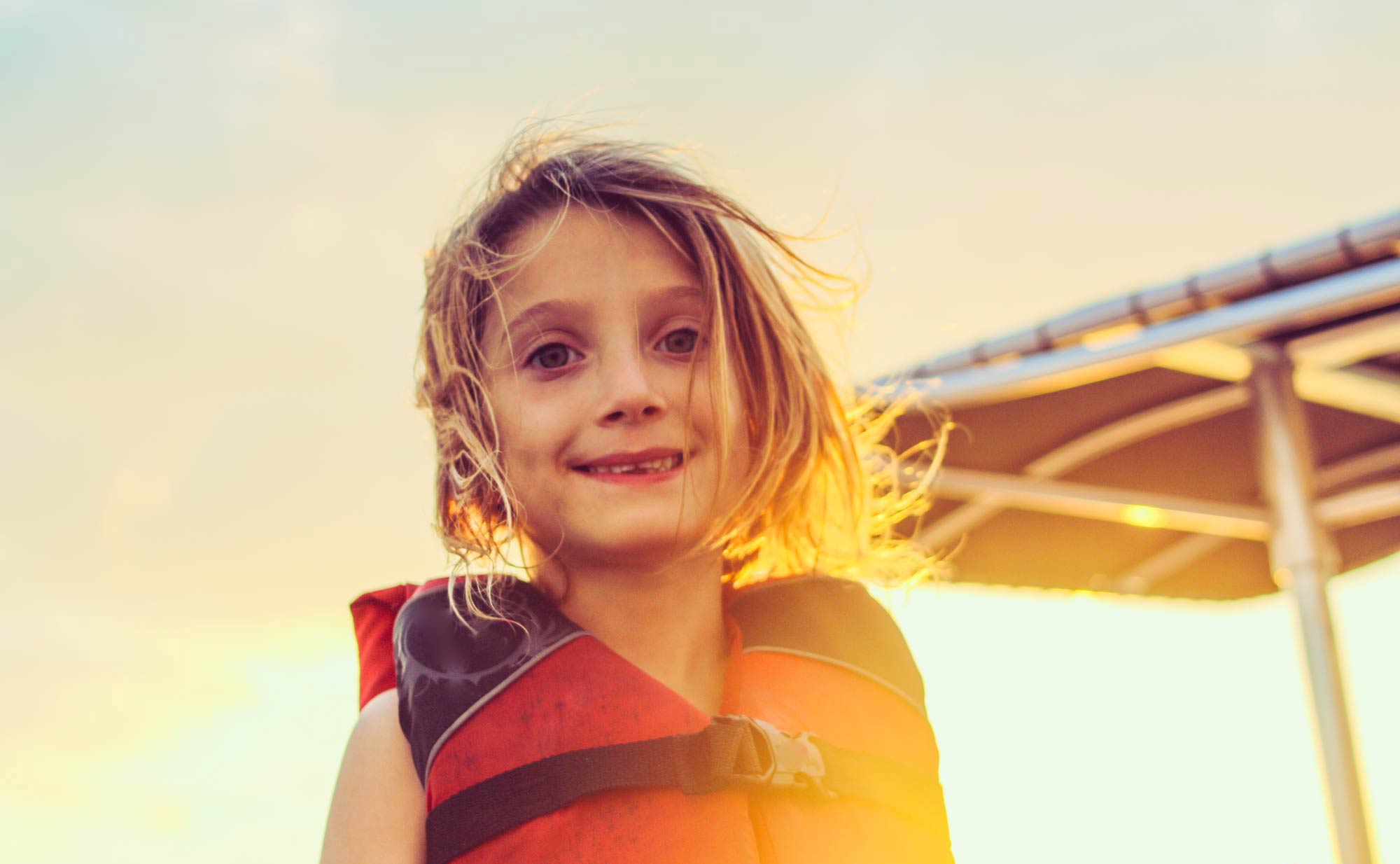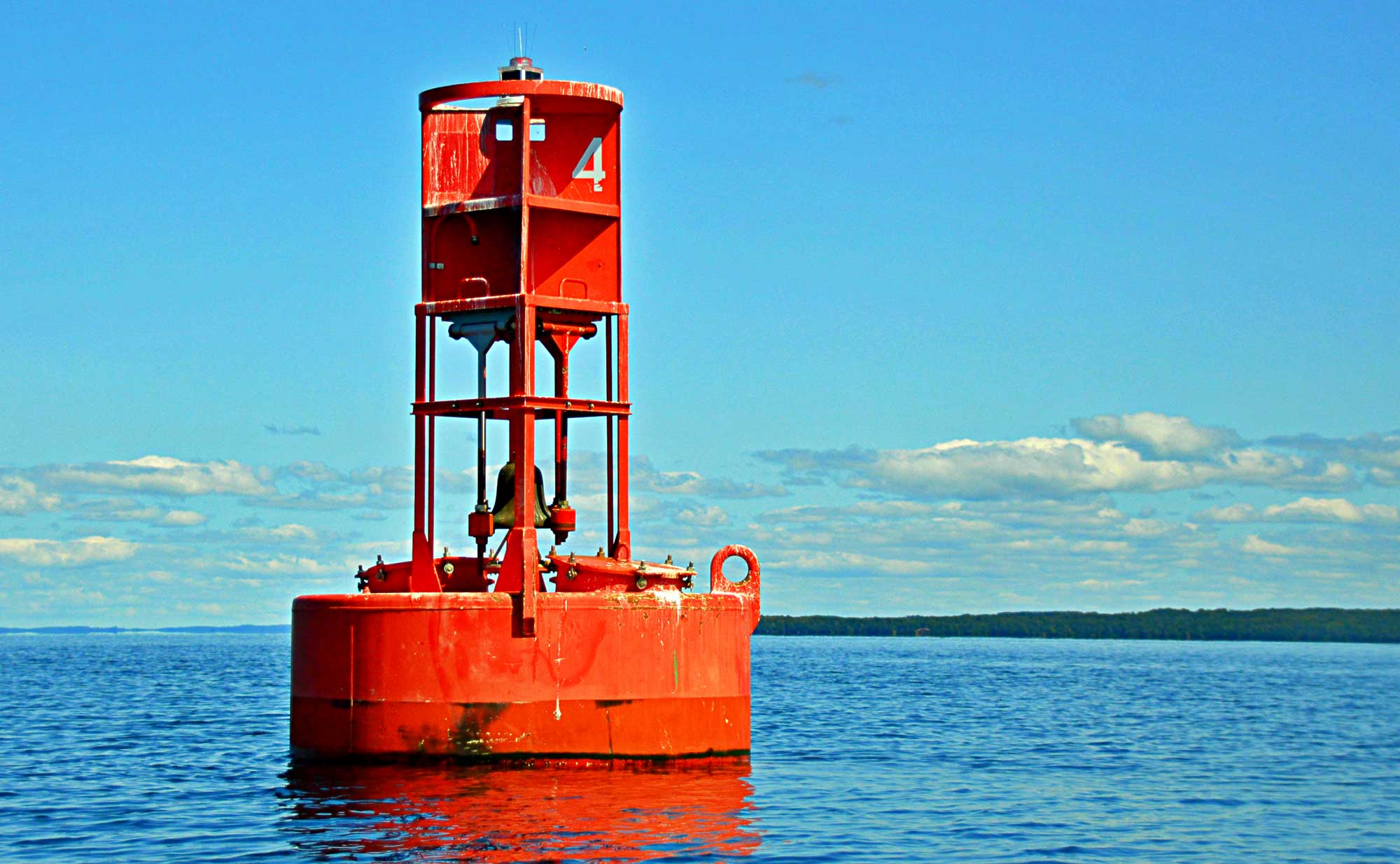Safe Boating
From knowing your equipment and proper navigational aids to always wearing a lifejacket, practicing safe boating allows for a more enjoyable experience on the water.

Wear It Right
Life Jackets Save Lives
In recent years, over 80 percent of fatal accidents involved a person not wearing a life jacket. Always ensure life jackets are worn and are properly fitted and fastened by all those on board.
Check the Label
The label will tell you:
- Whether the life jacket is Coast Guard approved.
- The size of the Jacket.
- How the jacket can be used.
Adult life jackets will not work for children until they are about 90 pounds.
Check for Damage
Check that there are no broken parts and no mold or rips in the fabric.
Fasten Up
Fasten all buckles, zippers and straps. Adjust the snaps so the jacket fits snugly.
Check for Proper Fit
- Lift the shoulders of the life jacket.
- Make sure it does not slip about the chin or ears.
- It should feel snug, yet comfortable. A properly fitted life jacket keeps your head and shoulders above water. You will be able to swim in it too.
Wear It Right
A life jacket only works if it's worn. Take the time to be prepared. Make sure you have and wear the right life jacket before you go into the water.
Know Your Buoys & Markers
Aids in navigation can provide boaters with information that is equivalent to street signs and signals for drivers on the road. It's vital to know these markers and buoys before setting out on the rivers for the safety of yourself, your passengers and other boaters.
Green buoys and lights should be on your starboard (right) side when traveling toward open waters (seaward).
Green buoys always have odd numbers.
Red buoys and lights should be on your starboard (right) side when traveling from open waters (shoreward).
Red buoys always have even numbers.
